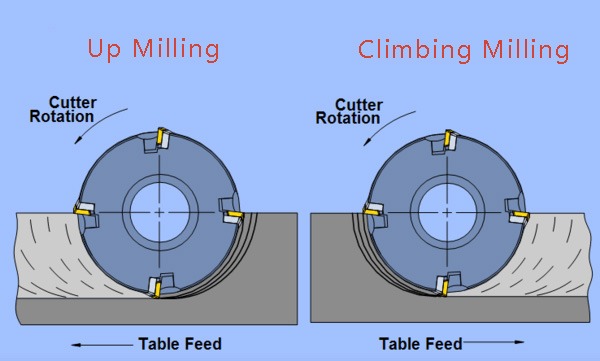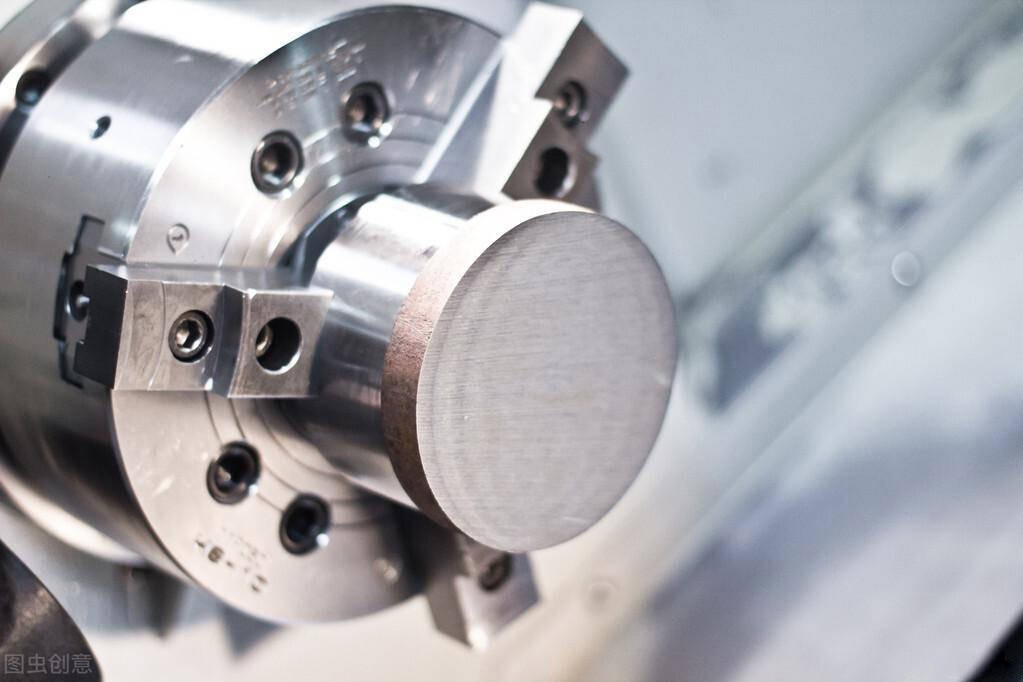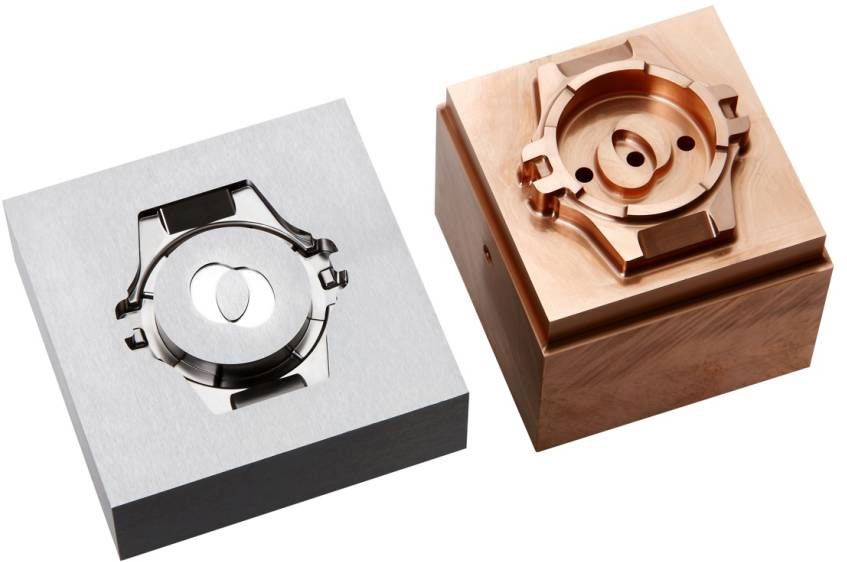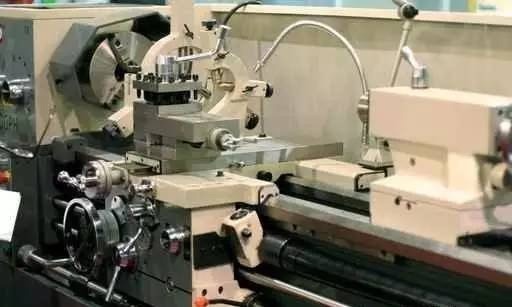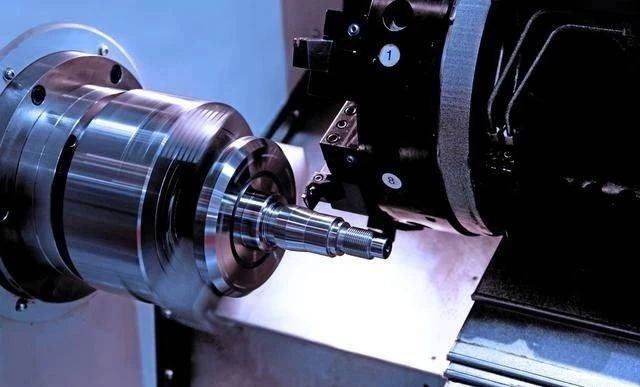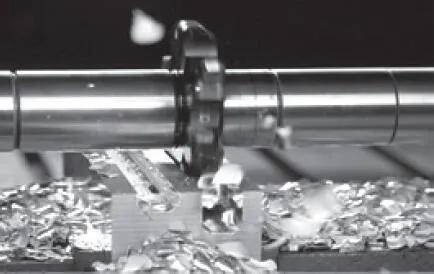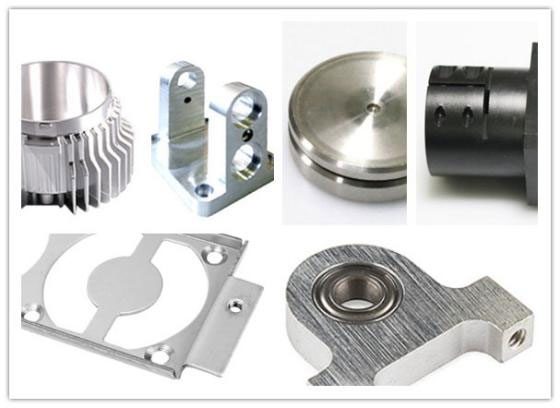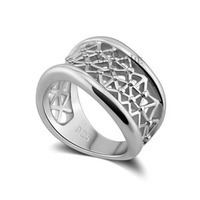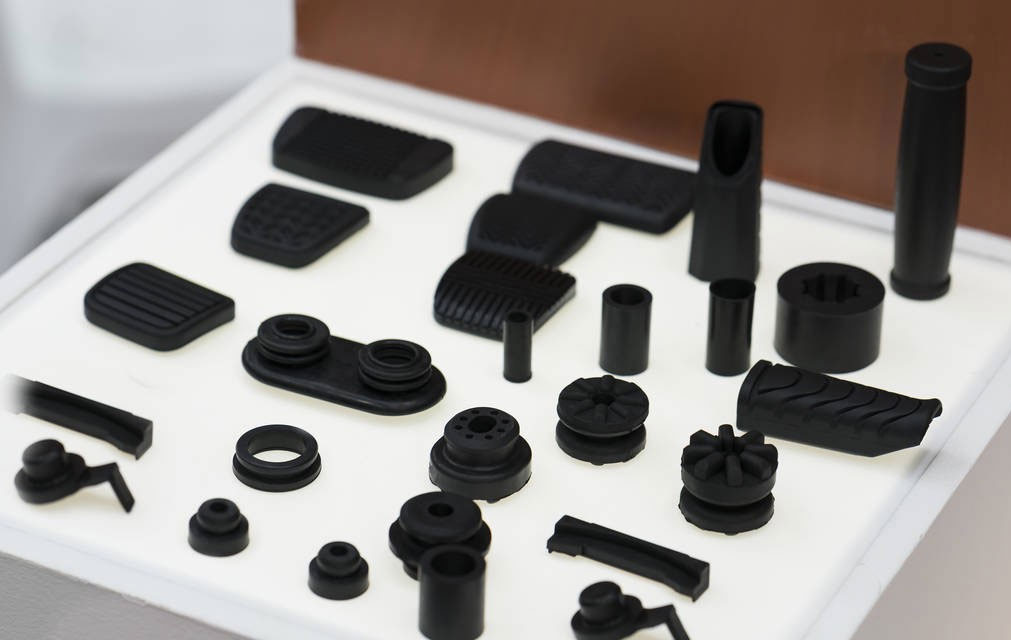Like all things, having multiple options is usually a good thing. But for an upcoming CNC machining project, it is very difficult and expensive to have too many choices without a clear goal, so how do we choose the right CNC machining method according to different materials? This article will focus on the CNC machining of metal materials and provide you with advice on the correct choice of CNC machining for metal materials.
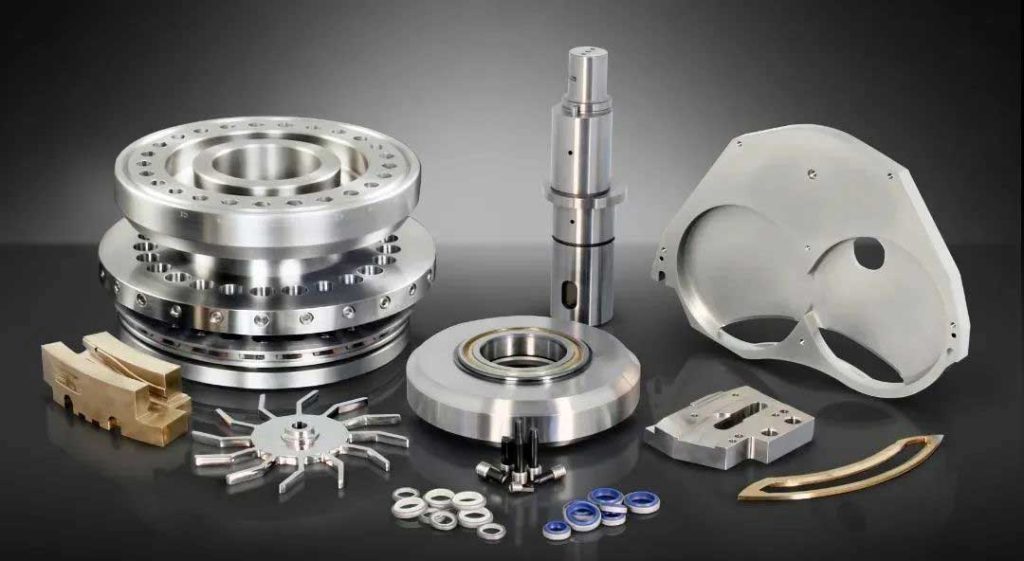
Hard Metal & Soft Metal
The hardness of metal refers to the ability of the metal material to resist the intrusion of hard objects. Commonly used hardness indicators are Brinell hardness, Rockwell hardness, and Vickers hardness. Hardness is a measure of the softness and hardness of metal materials. Soft and hard are relative, and there is no clear regulation. Generally, gold, silver, tin, lead, etc. are called soft metals.
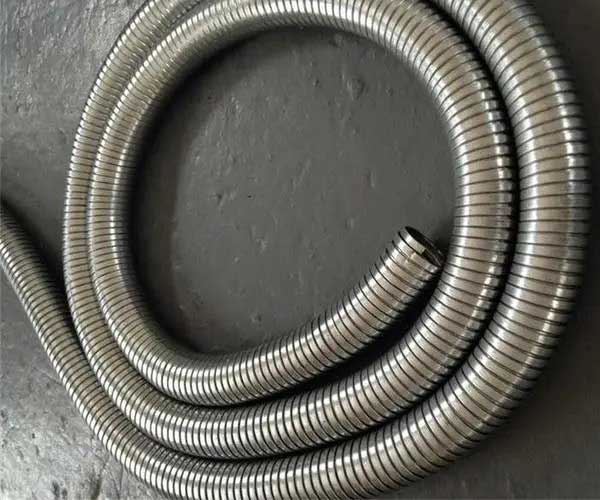
Usually, in CNC machining, the metal materials we most often come into contact with are divided into 2 types – hard metals and soft metals.
Cemented carbide is an alloy material made of a hard compound of refractory metal and bonding metal through a powder metallurgy process.
Cemented carbide has a series of excellent properties such as high hardness, wear resistance, good strength and toughness, heat resistance, and corrosion resistance, especially its high hardness and wear resistance, which remains unchanged even at a temperature of 500°C, still has high hardness at 1000℃.
Carbide is widely used as tool material, such as turning tools, milling cutters, planers, drills, boring tools, etc., for cutting cast iron, non-ferrous metals, plastics, chemical fibers, graphite, glass, stone, and ordinary steel, and can also be used for cutting difficult-to-machine materials such as heat-resistant steel, stainless steel, high manganese steel, tool steel, etc.
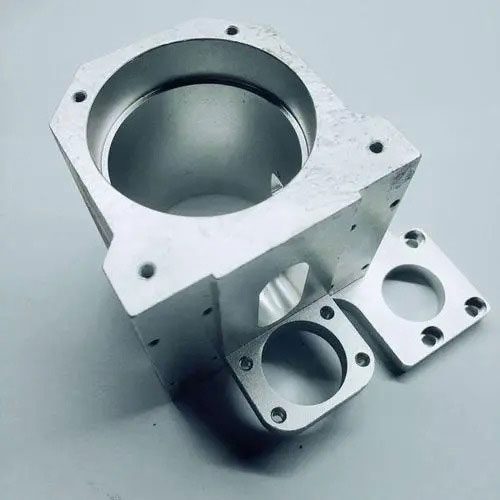
Mechanical properties of metals
For metals, their mechanical properties determine the way it is processed. Whereas mechanical properties are measured by how the material behaves when different forces are applied. The main mechanical properties of metals to consider are:
- Strength (hard metal)
- Ductility (soft metals)
- Elasticity (hard metals tend to be more elastic than soft metals)
- Hardness (hard metal)
- Density (density ranges from soft to hard)
- Magnetic (steel)
- Fracture toughness (highest range of fracture toughness of all metals, but hardest on the soft to hard range)
- Damping (hard metals tend to have less damping capacity)
If any of the above properties are important to your project, we recommend doing some research to get an actual property rating for each material.
4 factors determine the CNC machining method of hard or soft metals
1. Wear and fatigue properties of metals
Typically, if you’re machining a part for prototype fit and function, you don’t need to worry about material wear. Material selection is important if you need to guarantee the strength or test parts for environmental performance such as extreme temperatures. Let’s break down the most important fatigue properties.
Fatigue Strength and Toughness: This is the stress a material can withstand under a specific number of cycles. These variations have been extensively researched to assist in the proper selection of materials to meet your end-use requirements.
In fact, according to research on this topic, “It is estimated that about 90 percent of failures in metals are caused by fatigue.” Failures occur quickly and without warning, so we typically measure fatigue strength by ratio averages. When selecting a material, it is recommended to evaluate a fatigue strength rating if you know that the part will be subjected to multiple stress cycles.
- High-temperature resistant metals: titanium and stainless steel.
- Metals that can withstand extremely cold temperatures and remain ductile at low temperatures: copper and aluminum.
2. Corrosion (oxidation) resistance of metals
Metal corrosion is the result of a chemical reaction (degradation or oxidation) of a metal with its surroundings. There are many reasons why metals corrode, and it is worth noting that all metals corrode.
Pure iron generally corrodes quickly, but stainless steel, in combination with iron and other alloys, corrodes very slowly. Stainless steel is a good metal choice if you are concerned about corrosion.
Another alternative to stainless steel is anodized aluminum. This method helps reduce corrosion and is a very durable finish.
3. Manufacturability of Metals
When it comes to manufacturability, each CNC machining supplier or manufacturing partner can have a different set of requirements based on their capabilities.
If you find that your part cannot be machined and your part design has little flexibility, you may need to change your manufacturing method to 3D printing, which can provide unique solutions in metals and plastics.
The good news is that if you decide to machine your part and upload a quote, we will provide Design for Manufacturability (DFM) feedback with each quote.
4. The cost of CNC machining metal
The last important factor we want to check before you choose material is cost. This may not come as a surprise to you, but if you have more financial requirements or needs, you will most likely pay more for these materials.
If you can weigh some of the other properties we mentioned above, aluminum is an affordable material to machine. If the trade-off is not an option, we recommend that you refer to your DFM to optimize your part design, saving you time and money no matter what material you choose.
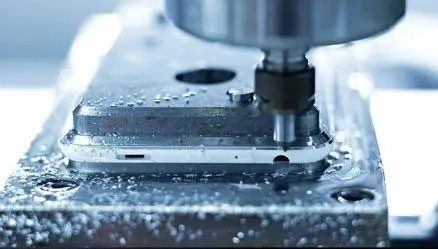
Summary
There’s a lot to unpack here, but we hope you’ll have a better understanding of the trade-offs between hard and soft metals when you start your next machining project. If you still have questions, we recommend contacting our experienced engineering team for advice.


